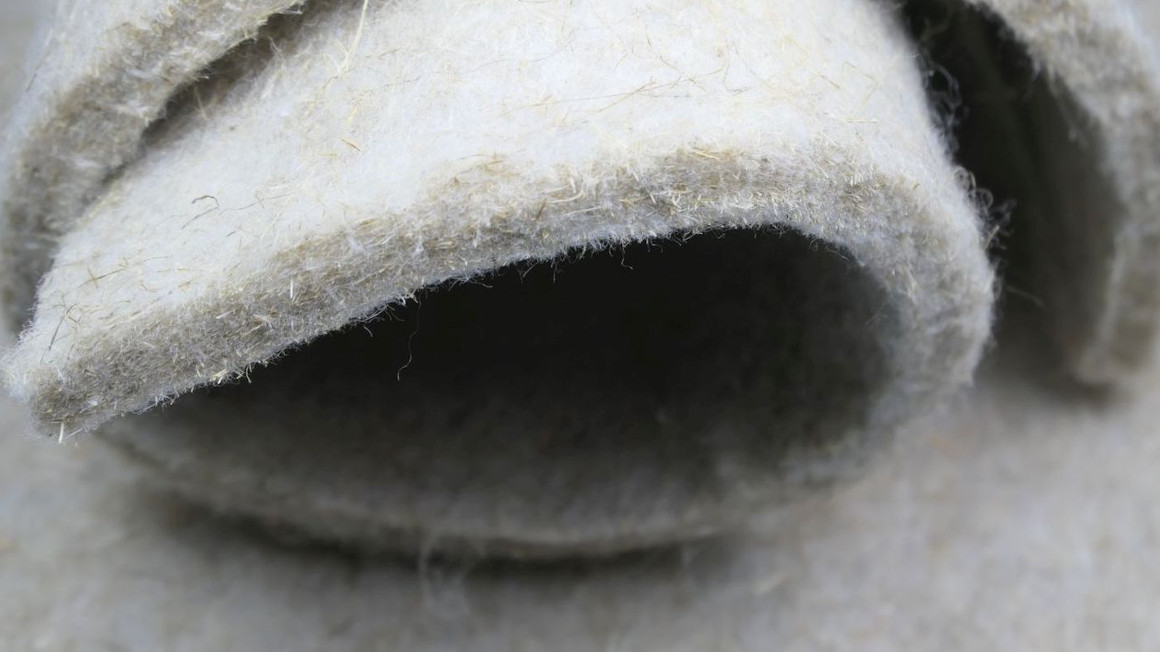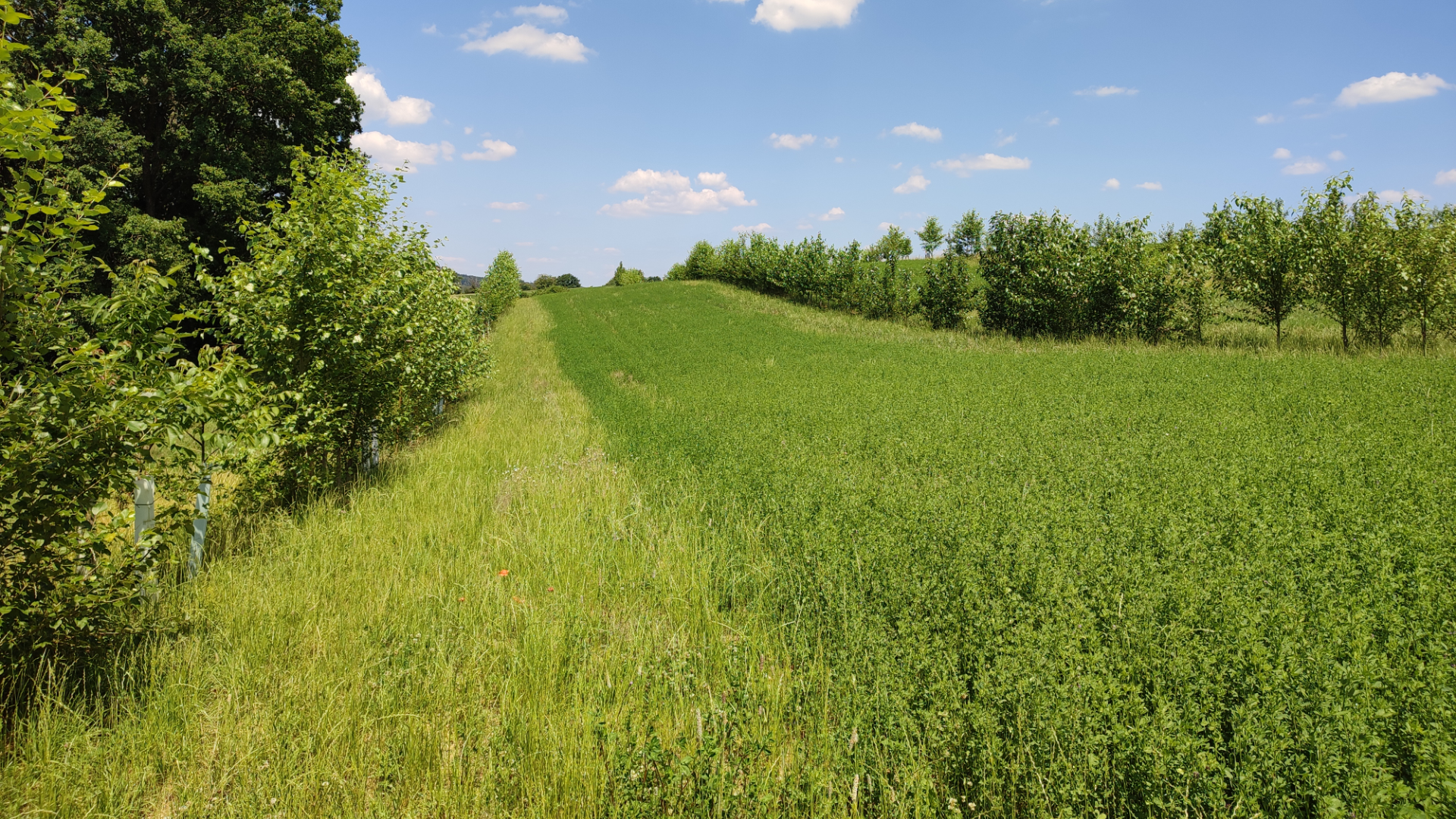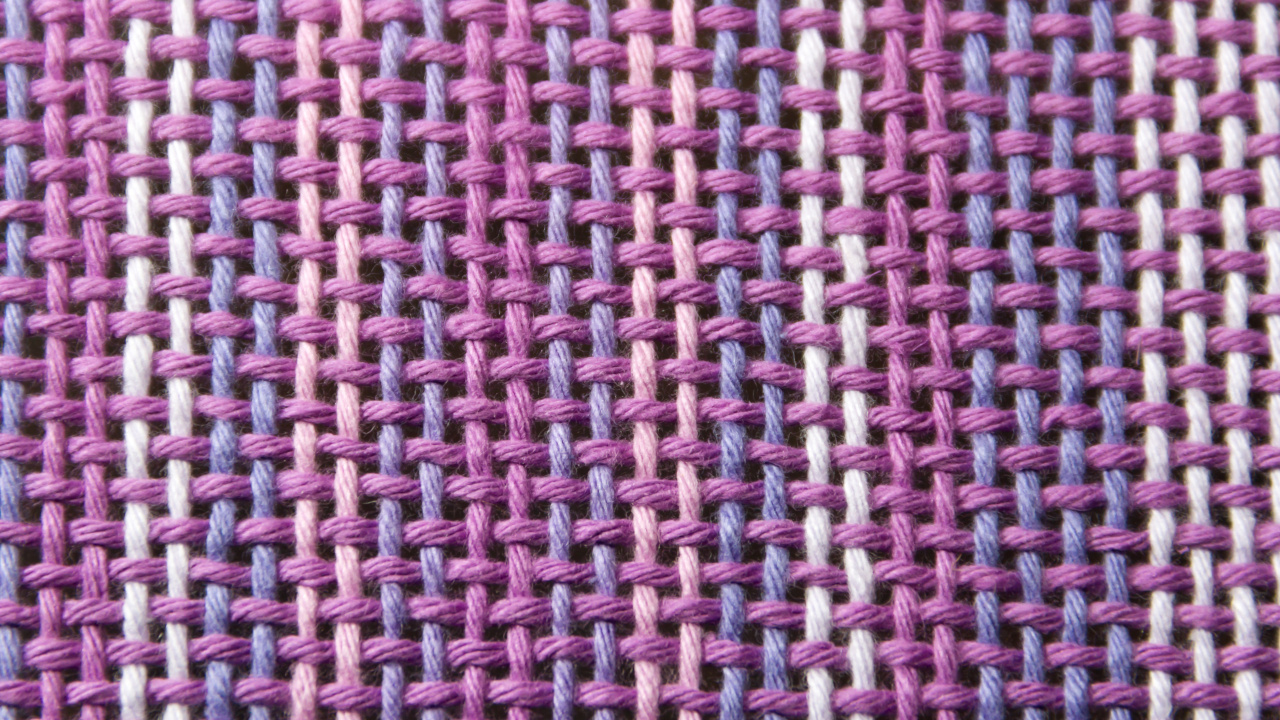Biodegradable filter for bank protection
In the joint research project ‘Bioshoreline’, researchers have developed filters made of biodegradable geotextiles to protect river banks without negatively impacting ecosystems in the future.

Waste, chemicals, noise and vibration - shipping pollutes and changes the water and its habitats. The river banks are also affected. A biodegradable filter made from renewable raw materials is now set to change this: Under the leadership of the Fraunhofer Institute UMSICHT, a team in the joint research project ‘Bioshoreline’ has developed a geotextile as a temporary filter for bank stabilisation. It consists of polymer and natural fibres and, according to the researchers, will biodegrade sequentially.
Up to now, banks along inland waterways have been protected from erosion by stone embankments or walls. However, this protection harms the ecosystems of plants and animals on the banks. To improve this, plants rather than stones and walls should protect the banks in future - this is one of the requirements of the European Water Framework Directive (WFD).
Geotextile filter fulfils requirements for the transition
Until the plants have grown enough roots to secure the banks, additional temporary stabilisation is required: This is where the geotextile filter comes into play. It first stabilises the soil and when the roots start to fulfil this task, it degrades sequentially. Until then, the filter must be stable and at the same time permeable so that the roots can grow and not restrict microorganisms in the bank area.
The nonwovens previously used as filters were either not sufficiently stable and degraded too quickly or did not dissolve at all. The geotextile filter now fulfils the requirements. It consists of 50 % natural flax and hemp fibres and 50 % synthetic polylactic acid fibres - a combination that, according to the researchers, is stable for at least three years and is also sequentially biodegradable. The project team has thus opened up a new field of application for bio-based and biodegradable plastics: ‘One of the challenges in the project was to develop a stable geotextile that allows plants to root through it and degrades after a certain period of time. After many optimisation steps, we have now succeeded in producing a suitable prototype,’ explains project manager Pia Borelbach from Fraunhofer UMSICHT.
Prototypes in use
The project team installed the first prototype on a test track near Worms on the Rhine back in 2020. Samples were taken regularly over three years. The results showed that degradation processes had begun. Based on the tests, the researchers optimised the geotextile and improved its root penetration. The latest prototype has now been tested on the test track since 2023. If it proves successful, this could lead to a broader application of biodegradable geotextiles in bank stabilisation and thus contribute to the protection of ecosystems. According to the research team, however, clearly visible biodegradation will only begin in the next few years.
The project was funded by the Federal Ministry of Food and Agriculture (BMEL) from November 2020 to May 2024.
lh


